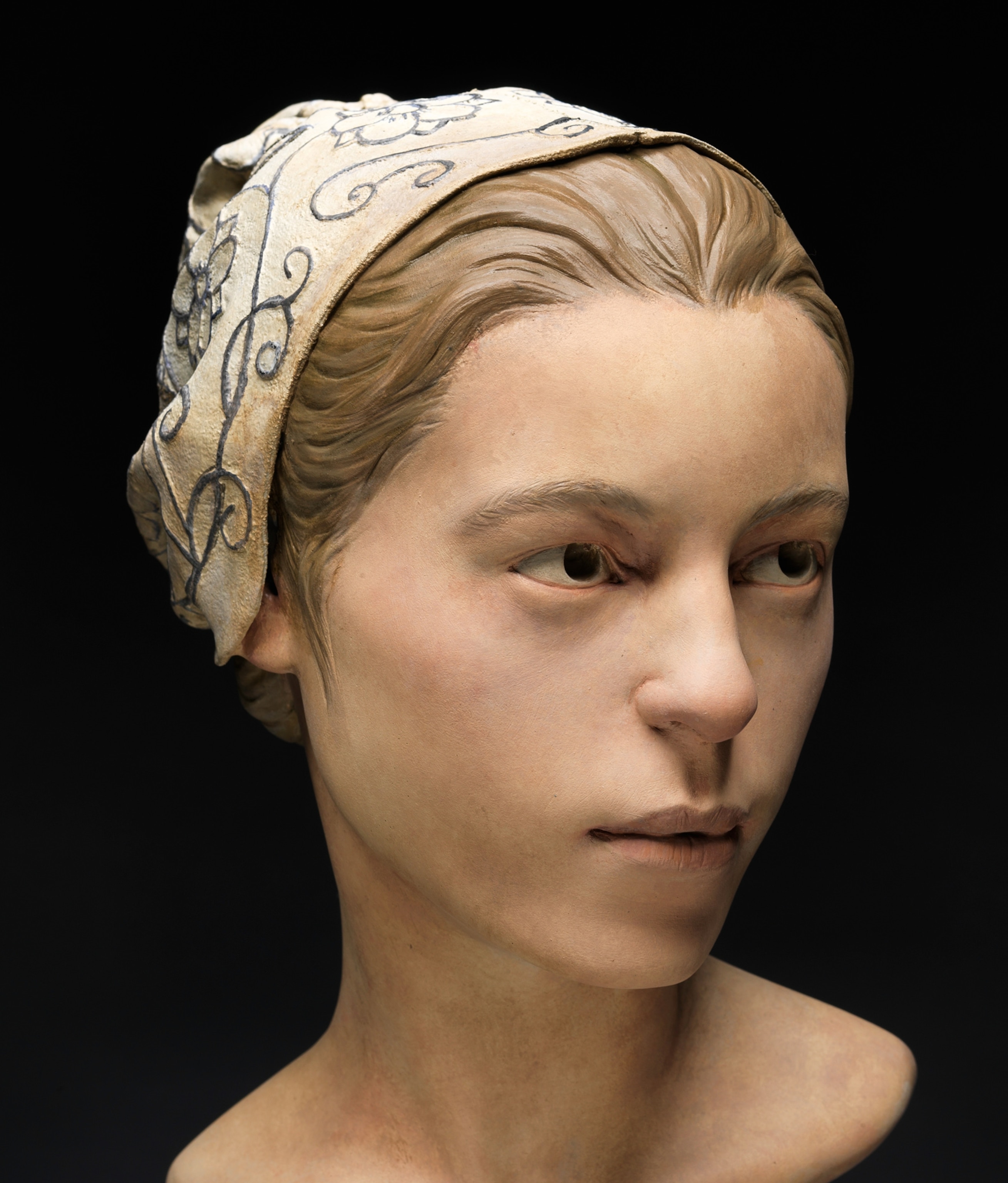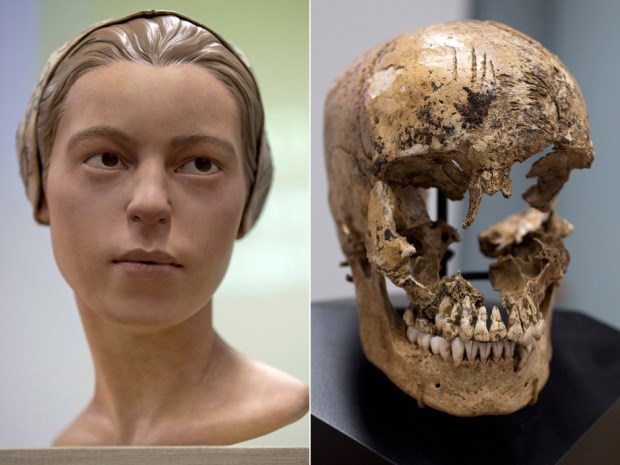In the early 1600s, Jamestown, Virginia, became England’s first permanent settlement in North America. This ambitious endeavor was meant to showcase England’s hopes for a prosperous New World colony. However, within just a few years, the settlers faced brutal struggles for survival, especially during the winter of 1609-1610, known as the “Starving Time.” Recently, archaeological findings have revealed the extreme actions taken by these desperate colonists to survive, shedding light on one of the most difficult episodes in American colonial history.
The Starving Time: A Season of Desperation
By late 1609, the Jamestown settlers were facing an extreme food shortage. Drought had devastated their crops, and rising tensions with the Powhatan tribes had cut off access to essential resources. Disease, limited supplies, and harsh weather created a crisis for the settlement. By spring 1610, only about 60 of the original 300 colonists were still alive.
During this difficult period, several firsthand accounts mention acts of extreme measures among the survivors. These accounts were often viewed with skepticism, dismissed as exaggerated claims or propaganda aimed at discrediting the Virginia Company, which funded the settlement. But in 2012, archaeologists unearthed physical evidence that validated these grim accounts and rewrote our understanding of Jamestown’s history.
The Discovery of “Jane”
In a 17th-century trash deposit within James Fort, archaeologists discovered the skeletal remains of a young English girl, around 14 years old, whom they named “Jane.” Her bones bore signs of processing that suggested survival-driven measures were taken. Dr. Doug Owsley, a forensic anthropologist at the Smithsonian Museum of Natural History, analyzed her remains and noted cut marks that confirmed postmortem actions likely taken to retrieve resources in the most extreme conditions.
These markings reveal a level of desperation rarely seen in colonial history. Unlike animal butchery, which tends to be systematic, Jane’s bones show tentative and unsteady cuts, suggesting the person performing the act was inexperienced and likely distressed. It is believed that Jane had already died of natural causes, such as starvation or disease, before her remains were utilized.

The Evidence Comes to Light
The discovery was announced by a team from the Smithsonian, Historic Jamestowne, and the Colonial Williamsburg Foundation in 2013. Dr. William Kelso, who led the excavation, expressed his initial doubts about historical accounts of these practices at Jamestown. However, after examining the findings, he stated that the evidence was undeniable. This was the first physical confirmation of such extreme survival actions at a European colony in the Americas.
Researchers also used advanced 3D modeling technology to digitally reconstruct Jane’s face, providing a haunting reminder of the individuals affected by the colony’s hardships. Her image and the details surrounding her treatment underscore the brutal reality of early colonial life, where survival often required measures outside the bounds of conventional morality.

Historical Context: Survival in Extreme Conditions
The Jamestown story is not the only example of survival-driven actions taken under life-threatening conditions. Such measures have been documented in extreme situations throughout history, such as with the Donner Party, a group of pioneers stranded in the Sierra Nevada mountains in 1846. In both cases, survival was driven by a desperation to preserve life in the face of relentless hardship.
For Jamestown, the Starving Time illustrates the harshness of early colonial life. Establishing a settlement in the New World was fraught with unforeseen challenges, including insufficient resources, poor preparation, and conflict with indigenous populations. For the settlers, starvation became a daily struggle, pushing them to use any means necessary to endure the harsh winter.
Jamestown Today: Honoring and Understanding the Past
Since 1994, the Jamestown Rediscovery Project has been unearthing artifacts and evidence that reveal the daily lives, resilience, and stories of these early settlers. At the Historic Jamestowne site, visitors can now view artifacts and reconstructions that tell this complex story, with Jane’s story serving as a somber but educational part of the site’s exhibit.
This tragic account serves as a solemn reminder of the suffering endured by those who sought a new life in America and highlights the lengths to which people are pushed in the face of dire hardship. It is a powerful testament to the resilience of the human spirit, even when faced with unimaginable circumstances.
Reflections on Human Resilience and the Costs of Colonization
Jane’s story and the survival actions taken at Jamestown remind us of the resilience and desperation faced by early colonists. In addition to being a story of survival, this period invites reflection on the complex relationship between European settlers and indigenous communities. Relations with the Powhatan tribe, though initially hopeful, were strained by colonial attitudes, which led to conflict and contributed to the settlers’ precarious situation.
In the end, the history of Jamestown during the Starving Time is not just a story of survival but a window into the human experience when stripped of resources and faced with existential threats. Through Jane’s legacy and the continued efforts of archaeologists and historians, we are reminded of the true costs of exploration and colonization. By confronting these difficult chapters, we gain a more profound understanding of the resilience of those who lived through them and of the foundational struggles that shaped early American history.

